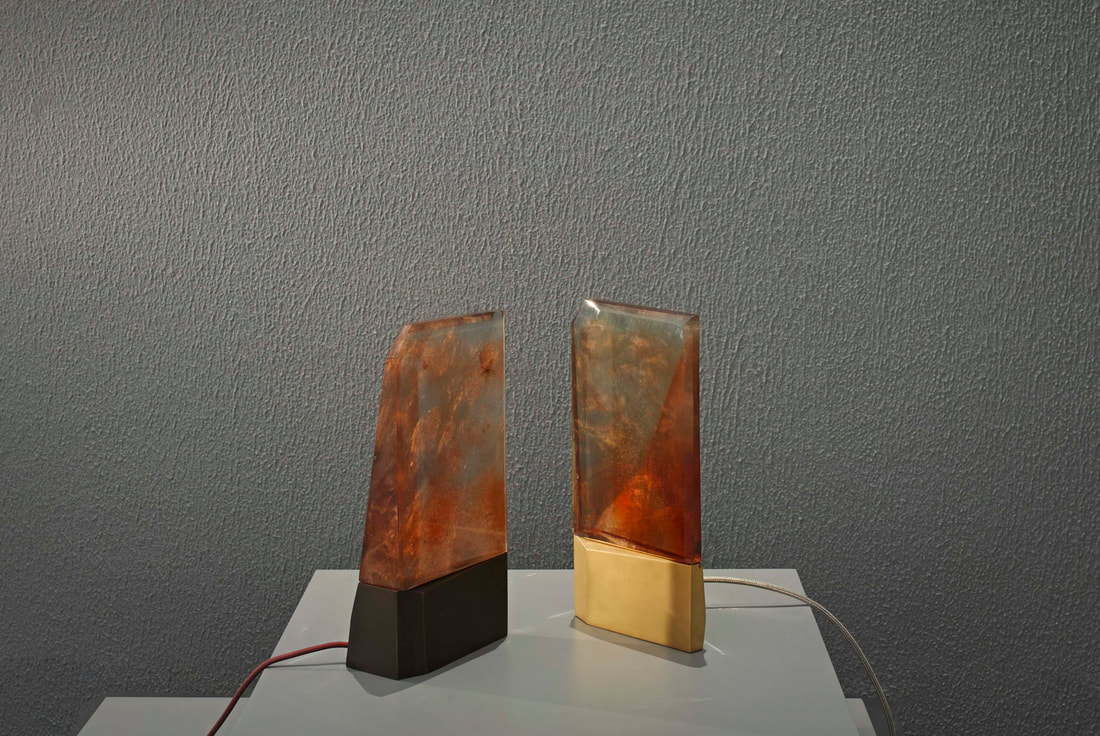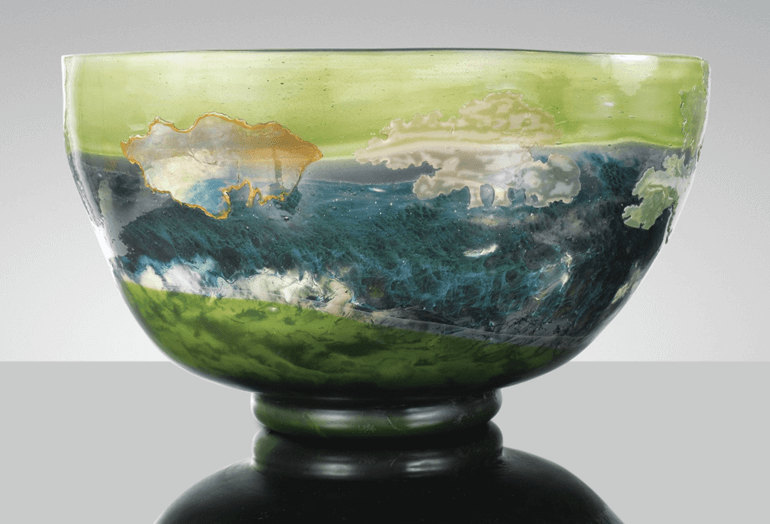In order to understand 21st-century Japanese design, one has to know the traditional concepts that have shaped Japanese aesthetics, as they are the key principles in what Japan’s best craftspeople create today. To explore these principles, I have selected to focus on the most iconic, the most magical site of the Japanese experience: the Imperial Villa of Katsura in Kyoto. It has been praised as the definitive architecture of air and light, attracted visitors from across the globe seeking for the type of simplicity which captures the ultimate beauty; those interested in the beauty of austerity and refinement; in viewing the foundation of the Japanese Art of Living; in the way nature can bring peace to everyday life. They go out of their way, traveling through airports and trains, to become pilgrims of beauty.
The Imperial Villa and its vast gardens were constructed in the 17th century for Prince Toshihito; it was discovered in the 1920s by Europe’s founders of the Modern Movement, and has since become a must trip for any architect, designer, and taste arbitrator, or anyone looking to refine their taste. Expressionist architect Bruno Tuat is credited for introducing the Villa to the European architecture community in the 20s. He was inspired by the freshness of architecture of timber, paper, and bamboo, perceiving its principles as a potential source of inspiration for creating European modernity. Everyone followed him. Frank Lloyd Wright was influenced by this Buddhist masterpiece when creating his Organic American architecture; Charlotte Perriand modeled her famed bookcases on what she called ‘shelves in the form of clouds,’ which she saw at Katsura; Walter Gropius was there; Le Corbusier created his Brutalist apartment blocks, thinking of modular concept he saw at Katsura; and Steve Jobs who admired Japanese aesthetics, famously perceived the Imperial Villa of Katsura as the ultimate perfection.
Just to think that the Villa, which was in fact a local palace, was contemporary to Baroque Versailles, and that it is its modesty, tatami module, and flexible arrangements, which were the source of poetic architecture. Because you can travel across Japan, north to south, west to east, but when you get to Katsura, where you are surrounded by the pebbles, the moss, bamboo, pine trees, the groves, only then you can fully understand the Japanese experience and the power of architecture to bring peace.
Now you too can join the program Collecting Design on the web.






